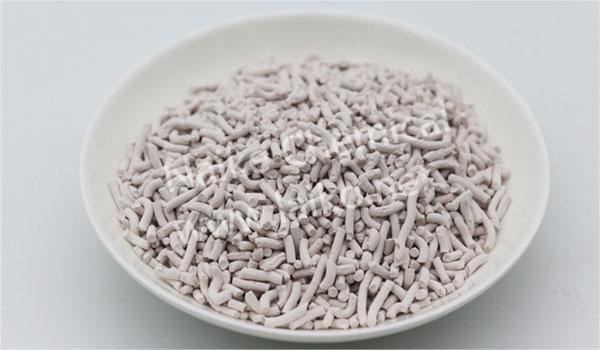
What Does Zeolite Do For Soil?
What Does Zeolite Do For Soil? What is Zeolite? Zeolite is an aluminosilicate mineral containing a water shelf-like structure, first discovered in 1756. Depending on its composition, zeolite is divided into square zeolite (Na[AlSi2O6]-H2O) and calcium zeolite (Ca[Al2Si3O10]-3H2O). Its water content is related to the external temperature and the pressure of water vapour. When heated, the water can slowly escape but does not destroy its crystalline structure. The crystal structure has many cavities and channels connecting the cavities in which water molecules are located and can be transported by the channels. Zeolites are used as molecular sieves to draw or…

